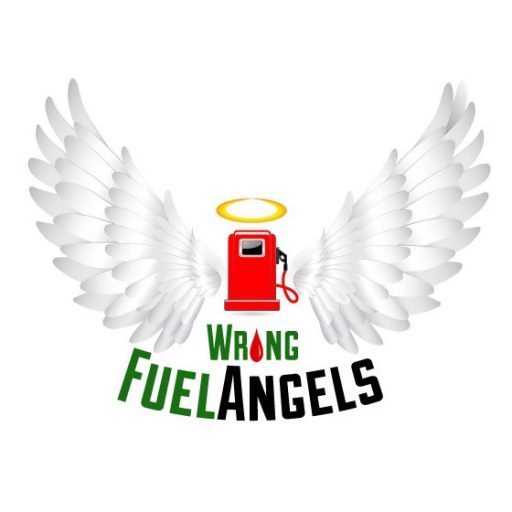How to Drain Your Fuel Tank
Don’t take unnecessary chances while draining your fuel tank. You can drain the fuel tank because of any reason. Wrong fuel in the tank is one of the most common and justifiable reasons for seeking to drain the engine of all the fuel. A few years ago, wrong fuel meant old fuel. It also meant fuel that was contaminated with water. Any fuel that contained high amounts of debris often qualified for labelling as wrong fuel. Today, the term wrong fuel describes the fuel that you pump accidentally in the wrong type of car or engine. Examples of this include:- Pumping petrol in a car that runs on diesel
- Pumping diesel in a car that runs on petrol
Irrespective of how wrong fuel ends up inside the fuel tank, your duty is to find the best ways of draining it all out before the situation worsens. You can drain the fuel in some cases. However, it’s best to leave this task to professionals who know what they are doing. Call experts in wrong fuel removal to drain it all out, as they have the equipment, training and experience needed to do this work safely and cleanly. Fortunately, you don’t have to risk your life or the health of your car while draining it of all wrong, bad or contaminated fuel.
The reasons for draining the fuel out of a car are numerous. For example, you might want to drain it if your car has sat idly for several months without being driven. In such a case, you not only have to drain but also replace the fuel, especially if you intend to continue using the car. Fuel goes bad when allowed to remain in a car that you don’t drive for 6 months to 1 year. The car needs fresh fuel to run smoothly. Today, the fuel degrades faster than ever before, thus a wrong idea to leave it in the tank without taking the car out for a spin.
So, do you want to know how to drain a fuel tank? You can do this safely and cleanly by:
Choosing the Right Fuel Siphon
Fuel syphoning has changed from what it was a few years ago. It doesn’t have to conjure scary images of a person putting some pipe into his mouth before placing the other end inside the fuel tank and sucking it all out. Fuel is combustible. You can’t afford to be reckless. Some methods of syphoning fuel aren’t clean or safe. Anything can spark a fire once it gets into contact with the fuel. Spilling fuel all over the place because of the simple tube syphon that you use could lead to numerous problems. Therefore, use the right manual pump approved for combustible fuel.Before using this method to drain fuel, check that you have the following tools ready:
- Long thin screwdriver
- Fuel storage can
- Syphon hand pump
- Shop rag
Pumping Fuel out of the Tank
Never proceed to pump fuel out of the tank unless you confirm that you’re ready for this work. Set everything up first before proceeding. First, you need, approved fuel containers to hold all the fuel that you drain out of the tank. For a full tank, a single fuel container would be inadequate; hence, the need to get more. This method is one of the safest and leaves clean surroundings behind. Follow the instructions to the letter when setting up the manual pump. The inlet hose should go into the fuel filler hole.
Irrespective of the method you choose, your task is to ensure that you have the following tools:
- Drain pan
- Jack
- Jack stands
- Safety glasses
- Shop rag
- Wood blocks
It’s worth remembering a very important point first – you can’t drain all fuel tanks directly. As you continue draining the fuel, remember to keep the surroundings clean by avoiding spillages. It’s advisable to put off all the lighters and cigarettes when draining fuel from a car, boat, motorcycle or plant machinery. What’s more, wear the right kind of clothing. For example, it’s best to work while wearing rubber-soled shoes and cotton clothes or other simple fabrics. Get the right tools before you commence work. Acquire the right expertise before doing this work.
If you want to learn how to drain a fuel tank, remember the importance of any source of ignition first. Remove matches and welding equipment from the site. All the running electrical gadgets need complete removal too. Choose an isolated area to work at, as this reduces the risk of working around people who are likely to ignite something and cause a serious fire hazard to develop. Keep a fuel retriever close by, as you will need it. The fuel retriever is necessary for simplifying the process and eradicates all the superfluous risks of combustion.
Therefore, stay safe. Don’t be reckless while draining fuel, but do it safely and cleanly.
